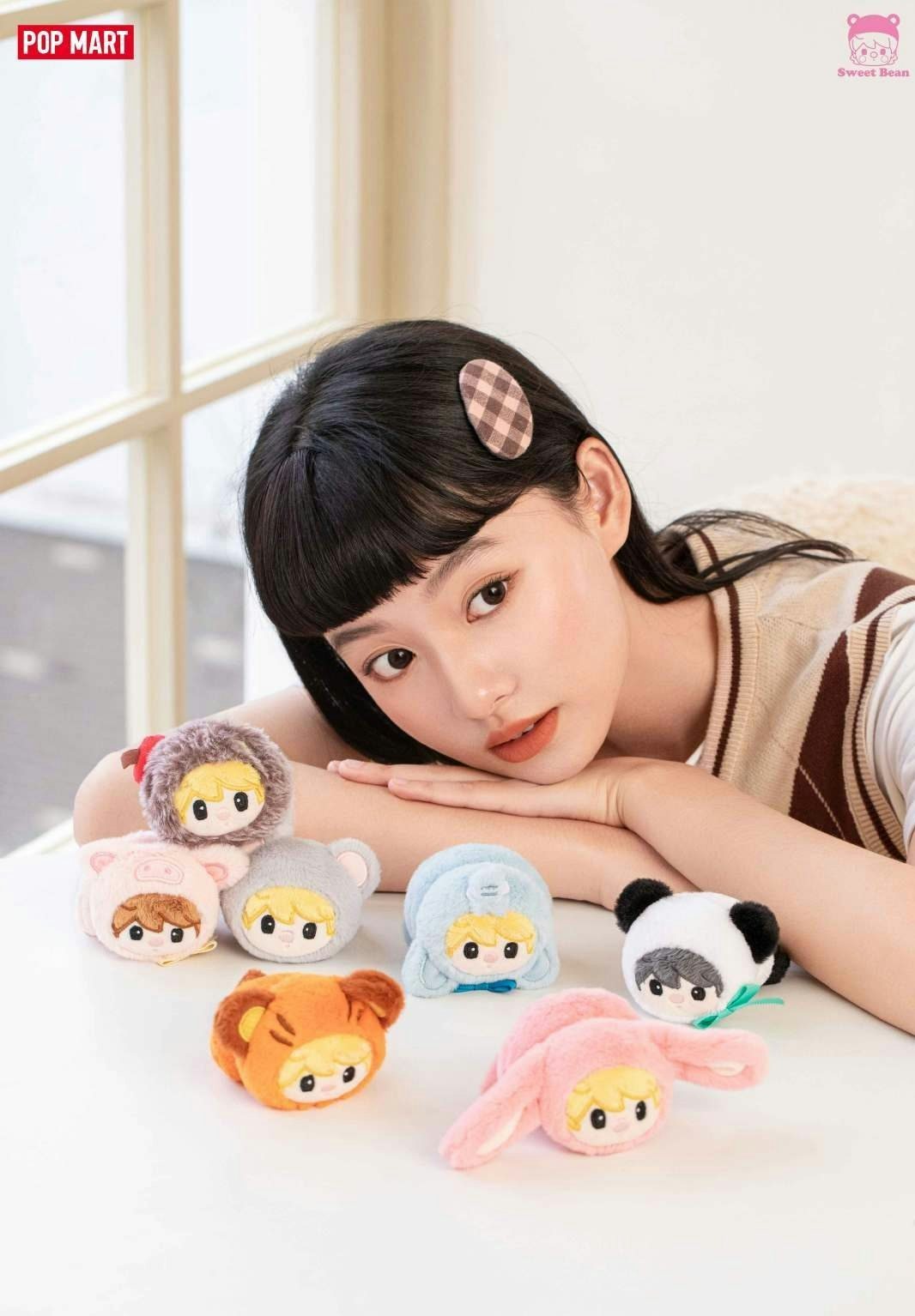The following is an excerpt from the second edition of Jing Daily’s report Winning China’s High-Spending Cultural Consumer: The Future Of Luxury, packed with all-new data, case studies, and exclusive interviews. Download your copy here.#
Kaws figurines are frequently spotted in the homes of Drake, Justin Bieber, and just about every other A-lister, China likewise has a love for art toys. However, thanks to the introduction of affordable “blind boxes,” the obsession with these stretches beyond the premium offerings from famous artists.
The small, cartoon-style figures first emerged in China around 2010 but the trend did not fully take off until 2016, when current market leader Pop Mart introduced its series of Molly dolls. These were sold in blind boxes — opaque cases that keep the exact contents a mystery until opened — providing additional elements of play and surprise in the experience of collecting.
Since then, the art and designer toy sector has maintained a clear growth trajectory as young consumers build personal collections while also trading and reselling. It’s the ultimate marriage of consumer interests in gaming, photogenic interiors, and collector culture.
And the statistics prove its power in China: the size of the collectible toy market increased from 970 million (6.3 billion RMB) in 2015 to 3.2 billion (20.7 billion RMB) in 2019, a compound growth rate of 34.6 percent. The market is forecast to reach 7.4 billion (47.8 billion RMB) in 2022, and could exceed 11.7 billion (76 billion RMB) by 2024 and 21.9 billion (150 billion RMB) by 2025.
In 2019, China’s per capita gross domestic product passed the 10,000 (72,400 RMB) mark, a milestone figure that paved the way for an increase in consumption as a leisure activity rather than just to satisfy basic needs. As a result, young Chinese consumers now have more disposable income to spend on items such as collectible toys, many from beloved IP in popular ACG (Anime, Comics, and Games) content.
Collecting toys has also become a way for young mainlanders to decompress amid the pressures of studying. Acknowledging this, Pop Mart infused a social component into its collectibles, launching a social media-like toy-trading app where collectors can display their latest purchases and share information on recent trends. Even toys without specific ACG connections can provide opportunities for collectors to build unique collections.

Due to the nature of collectibles, the industry remains fairly dispersed: market leader Pop Mart commands only an estimated 8.5 percent of the market, and the top five brands hold less than 23 percent. Other leading names in the sector include 52TOYS, IP Station, and Block 12, and there has been an uptick in investment with new competitors joining the fray. And, although it’s true that the domestic collectible toy market is highly fragmented, Pop Mart is arguably the most visible and successful label, both in China and on a global scale.
Crucially, art toys share a key demographic with luxury. According to Pop Mart, the majority of consumers are between 18 and 35 years old and around 75 percent are women. The appetite of Chinese Gen Z and millennials for the rare, the beautiful, and the new will be cause for celebration for luxury houses — who will be keen to play along.
For a deeper analysis of China’s thriving art toy market, download the Chinese Cultural Consumer: The Future of Luxury (Second Edition) here.


